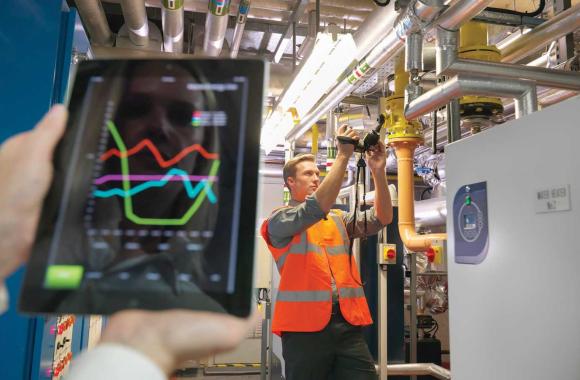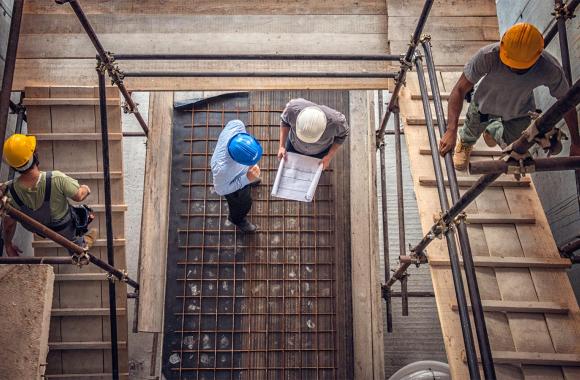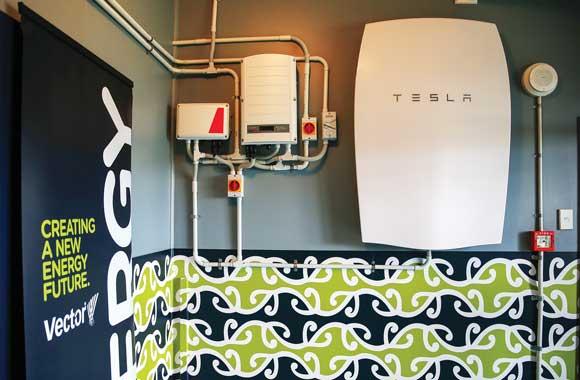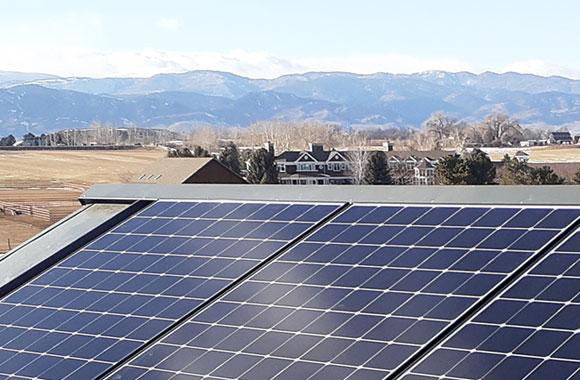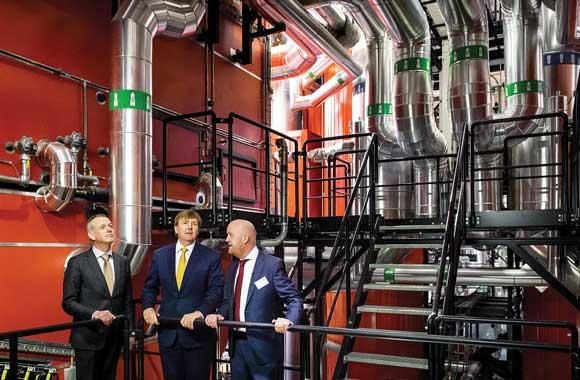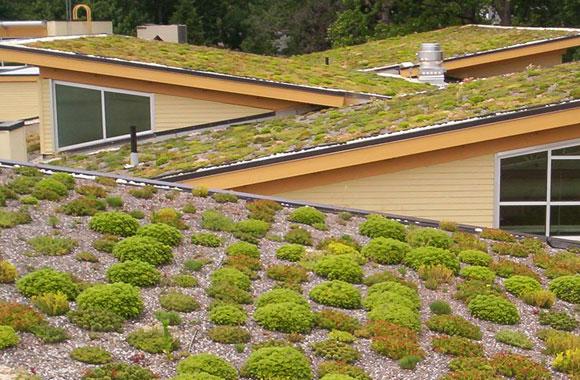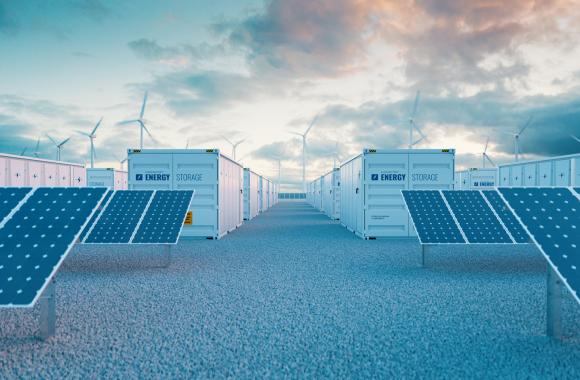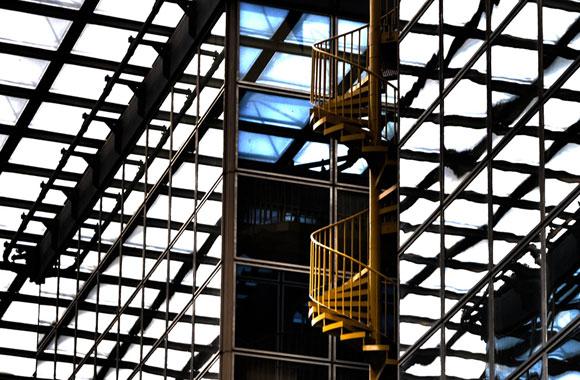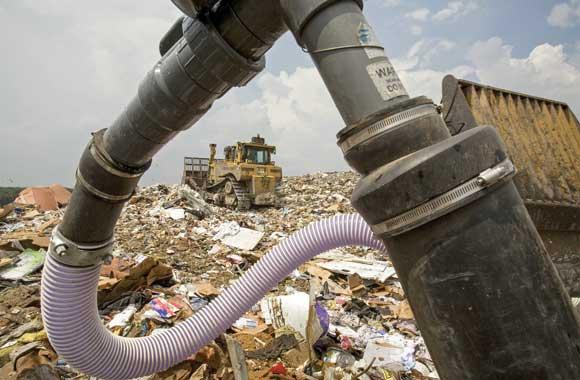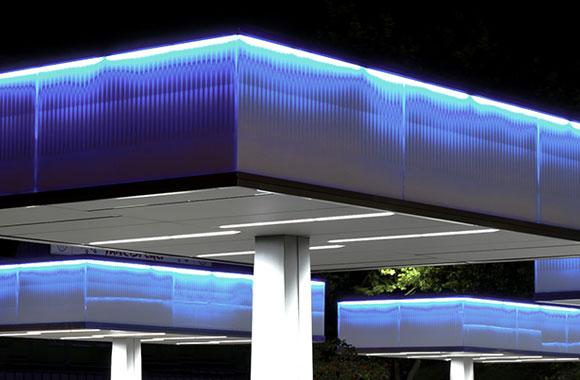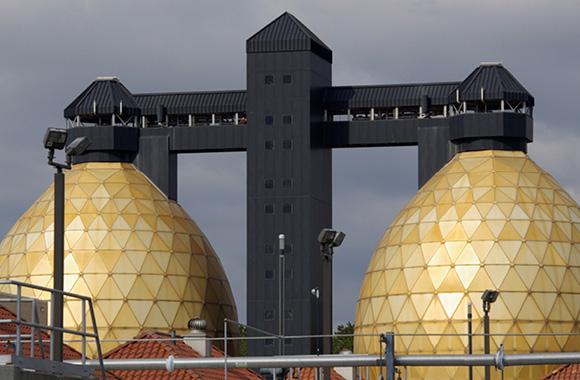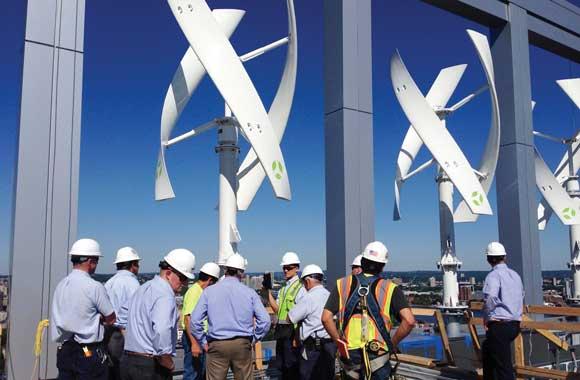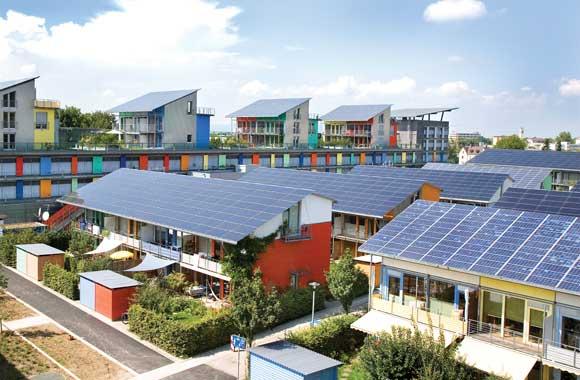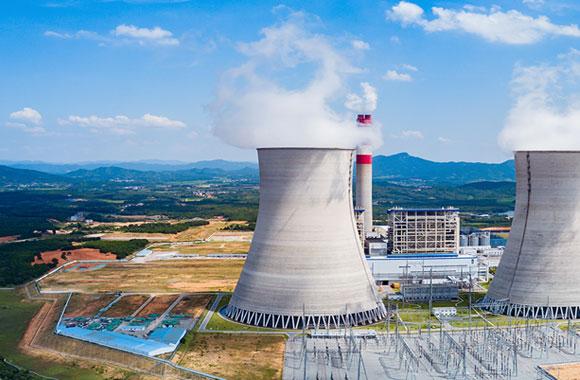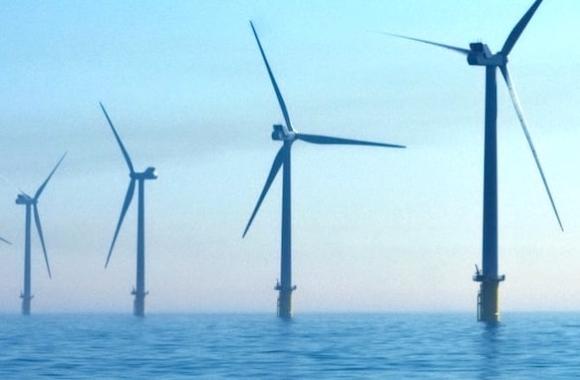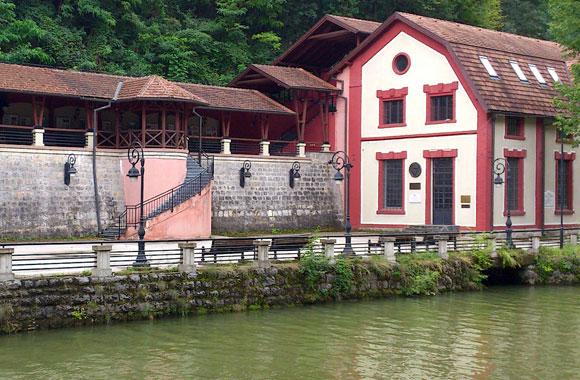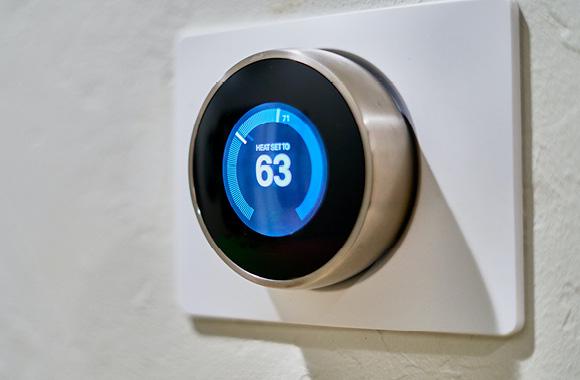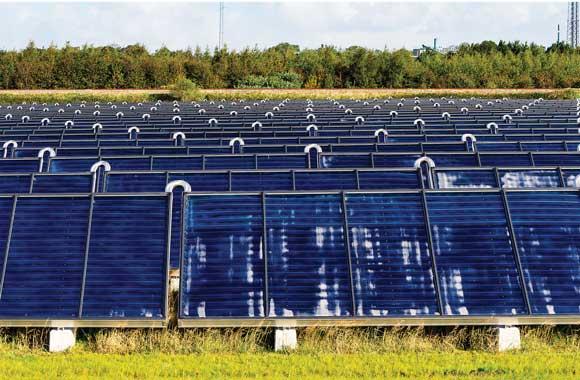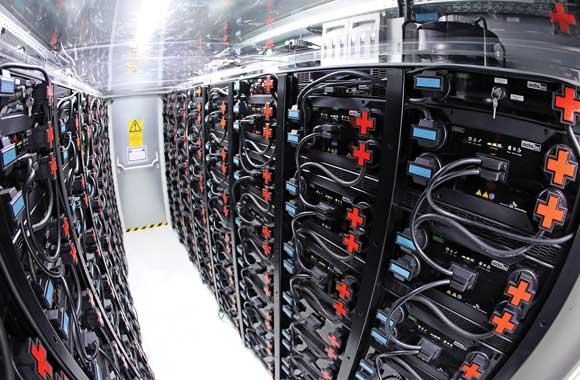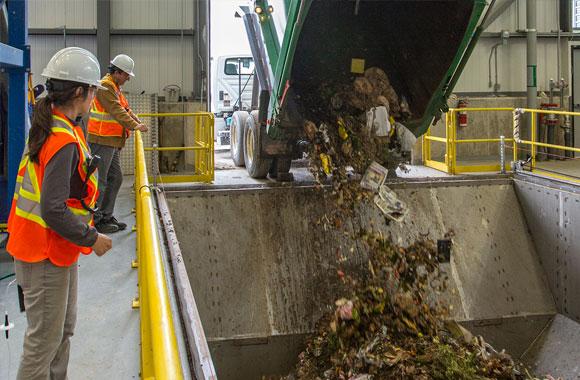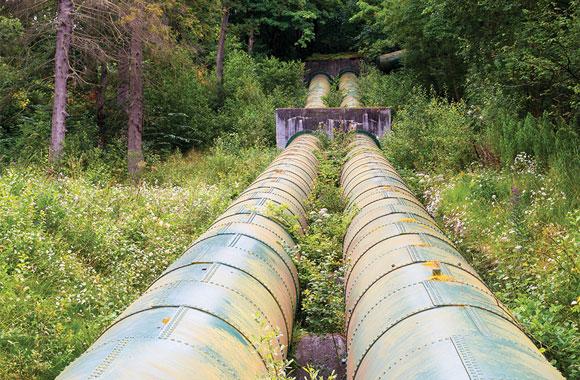Net Zero Buildings
Buildings with zero net energy consumption employ efficiency measures and onsite renewables to produce as much energy as they use, with low or no emissions.
Impact
We do not specify emissions reductions and financial impacts associated with the Net-Zero Buildings solution because they are already accounted for in related Project Drawdown solutions, such as High-Performance Glass, Green and Cool Roofs, Insulation, and Distributed Energy Storage.
Introduction
"Net zero” refers to new buildings that are either “net zero energy” or “net zero carbon.” Net zero energy buildings are energy efficient and consume zero energy from utility-scale sources on an annual basis because all the power the building needs is generated through on-site renewable energy. Net zero carbon buildings produce net-zero carbon emissions on an annual basis. The definition of zero carbon varies across countries and may include an element of carbon offsetting.
Project Drawdown’s Net Zero Buildings solution uses energy efficiency–boosting measures and on-site renewable energy systems to create buildings that consume zero energy from utility-scale sources and produce net-zero carbon emissions on an annual basis. This solution replaces conventional building practices and energy consumption.
Methodology
Our Net Zero Buildings solution encompasses several solutions in the Buildings and Electricity Generation sectors that we have modeled individually. Net zero buildings can involve all drawdown solutions in these sectors, including Insulation, High-Performance Glass, LED Lighting, Building Automation Systems, and Distributed Solar Photovoltaics.
Results
We include the emissions and financial impacts of net zero buildings in individual solutions rather than here in order to avoid double counting. In order to assess the overall potential of net zero buildings, however, we made some estimates based on several future adoption cases derived from the American Institute of Architecture 2030 Challenge framework targets, LEED Platinum building adoptions as a proxy for net zero buildings, and New Building Institute (NBI) current adoption data and growth rates for net zero buildings projects. Potential emissions reduction impacts ranged from 5 to 32 gigatons of carbon dioxide equivalent, depending on the adoption rate. If we project net zero buildings adoption from NBI data, we estimate that 9.7 percent of new buildings could be net zero by 2050, with a cumulative emissions reduction of 7.1 gigatons of carbon dioxide equivalent.
Discussion
The building industry can have a large impact on drawing down greenhouse gas emissions. There are many strategies to boost energy efficiency. On-site energy generation can further reduce impacts. The ideal solution combines both of these strategies.
In practice, net zero buildings help drive design teams and owners to design and invest in energy conservation measures and on-site energy generation. Projections of performance are based on a number of factors that could change significantly based on choices society makes.
What You Can Do
If your school district, campus, or local government is planning new construction, create a coalition of local residents to promote the incorporation of energy efficiency and renewable energy features.
Find a building in your community that includes energy efficiency or on-site renewable energy features and shine a light on it through social media or with a letter to the editor.
- Expand your knowledge by exploring another Drawdown solution.
Co-benefits
Net zero buildings reduce energy bills.



